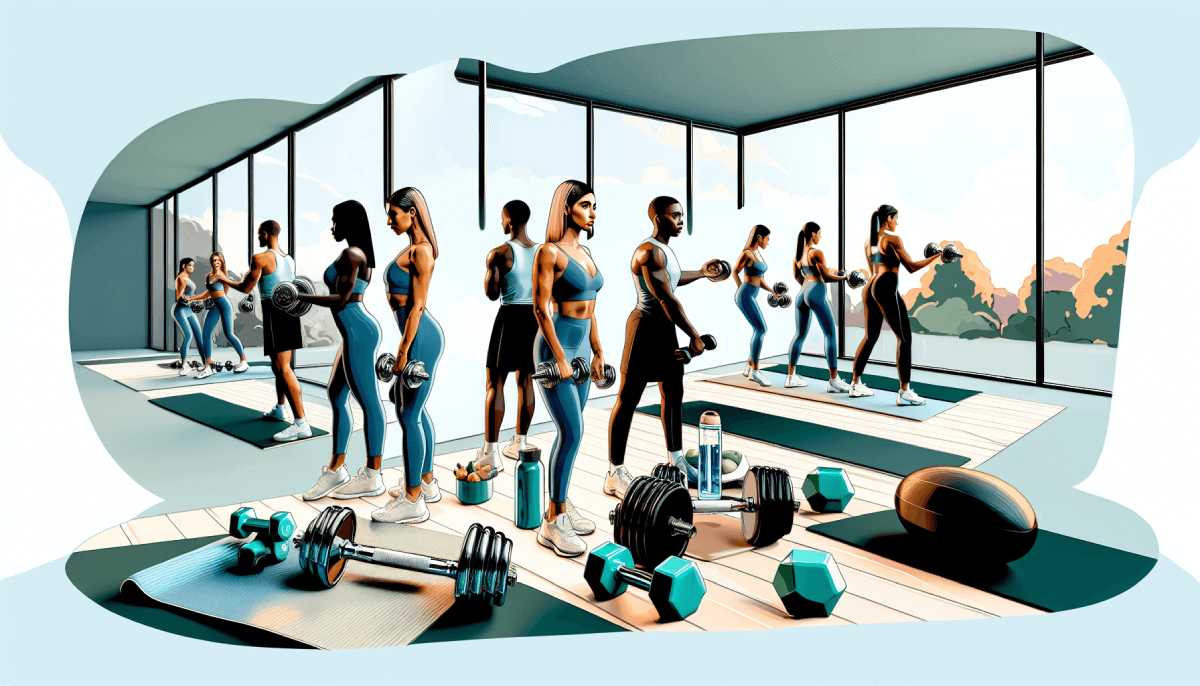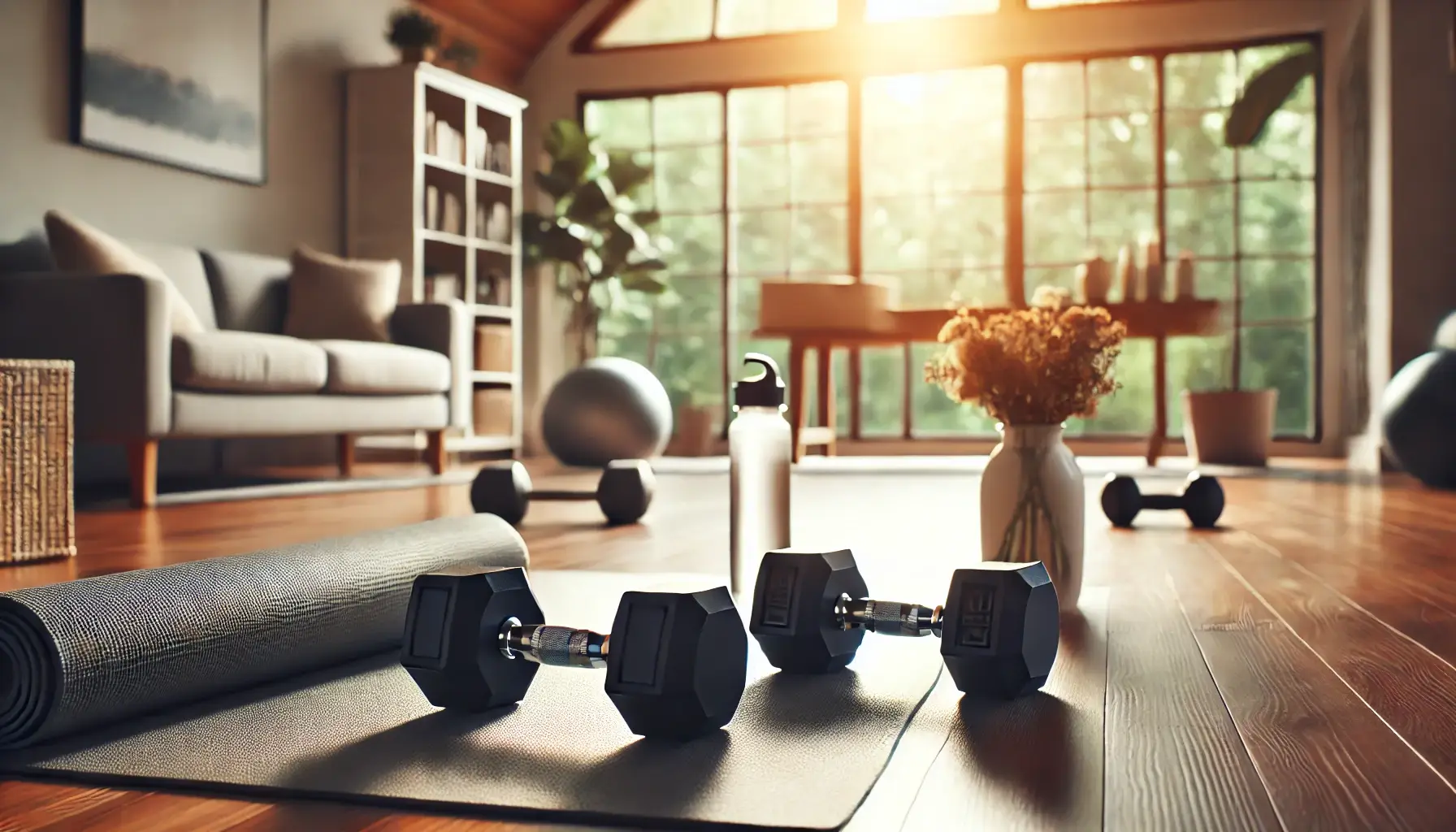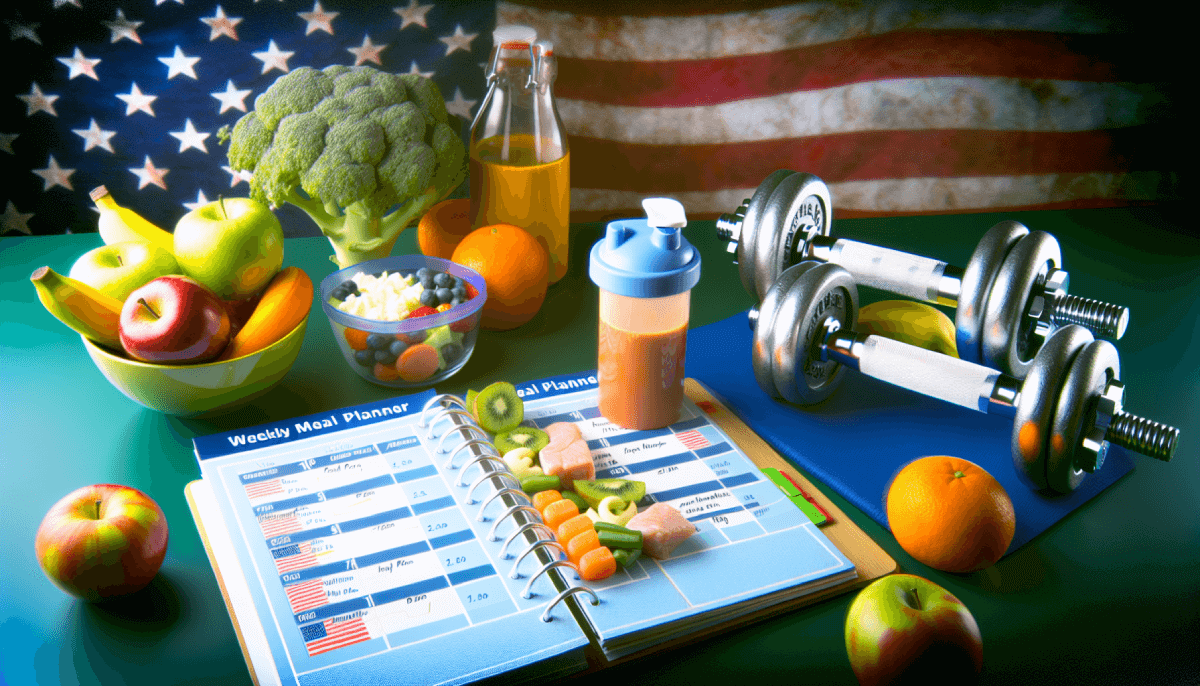Working out at home has never been more convenient or effective, especially with the use of dumbbells. Home workouts with dumbbells provide a flexible and effective way to stay fit without the need for expensive gym memberships or large equipment. In this guide, we’ll look at the benefits of home workouts, key dumbbell exercises, how to create a balanced workout routine, tips for getting the most out of your workouts with good nutrition, and more.
Benefits of Home Workouts
Home workouts offer many benefits that make them a great choice for many people:
- Convenience: You can work out anytime without the need to travel to a gym.
- Cost-effective: Save money on gym memberships and costly equipment.
- Privacy: Work out at home without feeling self-conscious.
- Flexibility: Tailor your workout schedule to fit your life.
According to the CDC, regular physical activity can help improve your overall health and reduce the risk of many chronic diseases. This includes benefits like:
- Improving mental health and mood
- Boosting energy levels
- Enhancing sleep quality
- Supporting weight management
Essential Dumbbell Exercises for Home
Dumbbells are flexible and can be used for many exercises to work different muscle groups. Here are some important dumbbell exercises you can do at home:
- Arm Exercises:
- Bicep Curls: Stand with feet shoulder-width apart, hold a dumbbell in each hand, and lift the weights towards your shoulders. Lower back down and repeat. For more detailed instructions, check out our Dumbbell Arm Workout.
- Tricep Extensions: Hold one dumbbell with both hands above your head. Lower it behind your head by bending your elbows, then lift your arms back up.
- Leg Exercises:
- Squats: Hold a dumbbell in each hand at your sides. Lower your body into a squat, keeping your back straight and knees behind your toes. Stand back up and repeat.
- Lunges: Hold a dumbbell in each hand. Step forward with one leg and lower your body until your front thigh is parallel to the floor. Return to the starting position and switch legs.
- Chest Exercises:
- Chest Press: Lie on your back on a bench or the floor. Hold a dumbbell in each hand, elbows bent at 90 degrees. Lift the weights up until your arms are straight, then lower back down.
- Flyes: Lie on your back on a bench or the floor. Hold a dumbbell in each hand above your chest with arms slightly bent. Lower the weights out to the sides until you feel a stretch in your chest, then lift them back up.
- Back Exercises:
- Rows: Stand with feet shoulder-width apart, bend at the waist with a slight bend in your knees. Hold a dumbbell in each hand, palms facing each other. Pull the weights towards your hips, squeezing your shoulder blades together, then lower back down.
- Deadlifts: Stand with feet hip-width apart, holding a dumbbell in each hand in front of your thighs. Bend at the hips and knees to lower the weights towards the floor, keeping your back straight. Stand back up and repeat.
Creating a Balanced Workout Routine
A balanced workout routine ensures you target all major muscle groups and allow for proper recovery. Here’s how to structure a balanced routine using dumbbells:
- Frequency: Aim for at least 3-4 workouts per week, allowing for rest days in between.
- Sets and Reps: For each exercise, perform 3 sets of 8-12 reps. Adjust the weight to ensure the last few reps are challenging but doable.
- Warm-Up: Always start with a 5-10 minute warm-up to get your blood flowing and muscles ready. This can include light cardio or dynamic stretches.
- Cool-Down: End each workout with a cool-down period, including static stretches to improve flexibility and reduce muscle soreness.
- Rest and Recovery: Allow at least one rest day between workouts targeting the same muscle group. This helps muscles recover and grow stronger.
By following these guidelines, you can create a balanced and effective home workout routine using dumbbells. Remember to listen to your body and adjust as needed to avoid overtraining.
Maximizing Your Workouts with Proper Nutrition
Proper nutrition plays a crucial role in enhancing your workout performance and overall results. Here are some simple tips to help you make the most of your home workouts with dumbbells:
- Eat a Balanced Diet: Ensure your diet includes a mix of proteins, carbohydrates, and healthy fats. This will provide the energy needed for exercise and aid in muscle recovery.
- Stay Hydrated: Drink plenty of water before, during, and after your workouts to stay hydrated and maintain energy levels.
- Pre-Workout Snacks: Have a light snack, such as a banana or a handful of nuts, about 30 minutes before working out to fuel your exercise session.
- Post-Workout Nutrition: After your workout, consume a meal or snack rich in protein and carbohydrates to help repair muscles and replenish energy stores.
For more detailed tips on eating and exercise, check out this helpful guide from the Mayo Clinic.
Mental and Physical Health Benefits of Exercise
Regular exercise offers numerous benefits for both mental and physical health. Here’s a look at some of the key advantages:
- Improves Mood: Exercise can boost your mood by releasing endorphins, which are natural mood lifters.
- Reduces Stress: Physical activity helps reduce stress levels and promotes relaxation.
- Combats Anxiety and Depression: Regular workouts can ease symptoms of anxiety and depression, providing a natural way to manage these conditions. For more information, visit this article from the Mayo Clinic.
- Enhances Physical Health: Consistent exercise helps improve cardiovascular health, strengthens muscles, and boosts overall endurance.
- Supports Weight Management: Working out regularly can help you maintain a healthy weight and prevent obesity-related health issues. For more information, read our article on the benefits of strength training.
Incorporating regular exercise into your routine can lead to a healthier, happier life. Whether you’re lifting dumbbells or going for a run, the benefits are well worth the effort.
Tips for Staying Motivated
Maintaining motivation for home workouts can be challenging, but there are several strategies to help you stay on track:
- Set Clear Goals: Define what you want to achieve with your home workout routine. Whether it’s building muscle, losing weight, or improving overall fitness, having clear goals can keep you focused.
- Track Your Progress: Keep a workout journal or use a fitness app to log your exercises, sets, reps, and any improvements. Seeing your progress over time can be a great motivator.
- Find a Workout Buddy: Exercising with a friend can make workouts more enjoyable and hold you accountable. If you can’t meet in person, consider virtual workout sessions.
- Mix It Up: Avoid monotony by varying your exercises. Try new dumbbell workouts or incorporate different types of exercise to keep things interesting.
- Reward Yourself: Set small rewards for reaching milestones. This could be a treat, a new piece of workout gear, or a relaxing activity you enjoy.
- Create a Routine: Schedule your workouts at the same time each day to build a habit. Consistency is key to staying motivated.
Common Mistakes to Avoid
When doing home workouts with dumbbells, it’s important to avoid common mistakes to prevent injury and maximize effectiveness:
- Skipping Warm-Ups: Always start with a warm-up to prepare your muscles and joints for exercise. This can reduce the risk of injury.
- Using Incorrect Form: Proper form is crucial to avoid injury and ensure you’re effectively working the target muscles. If you’re unsure, consider watching instructional videos or consulting a fitness professional.
- Overtraining: Giving your muscles time to recover is essential. Avoid working the same muscle groups on consecutive days and ensure you get enough rest.
- Ignoring Nutrition: Proper nutrition supports your workout efforts. For tips on eating and exercise, check out the Mayo Clinic’s advice on maximizing your workouts with proper nutrition.
- Not Progressing: Gradually increase the weight you use as you get stronger. Sticking with the same weight for too long can lead to plateaus. For more information on the benefits of progressing with strength training, read our article on are dumbbells worth it.
- Neglecting Flexibility: Incorporate stretching and flexibility exercises into your routine to maintain a full range of motion and prevent stiffness.
By avoiding these common mistakes, you’ll be able to make the most of your home workouts with dumbbells and stay on track towards your fitness goals.




